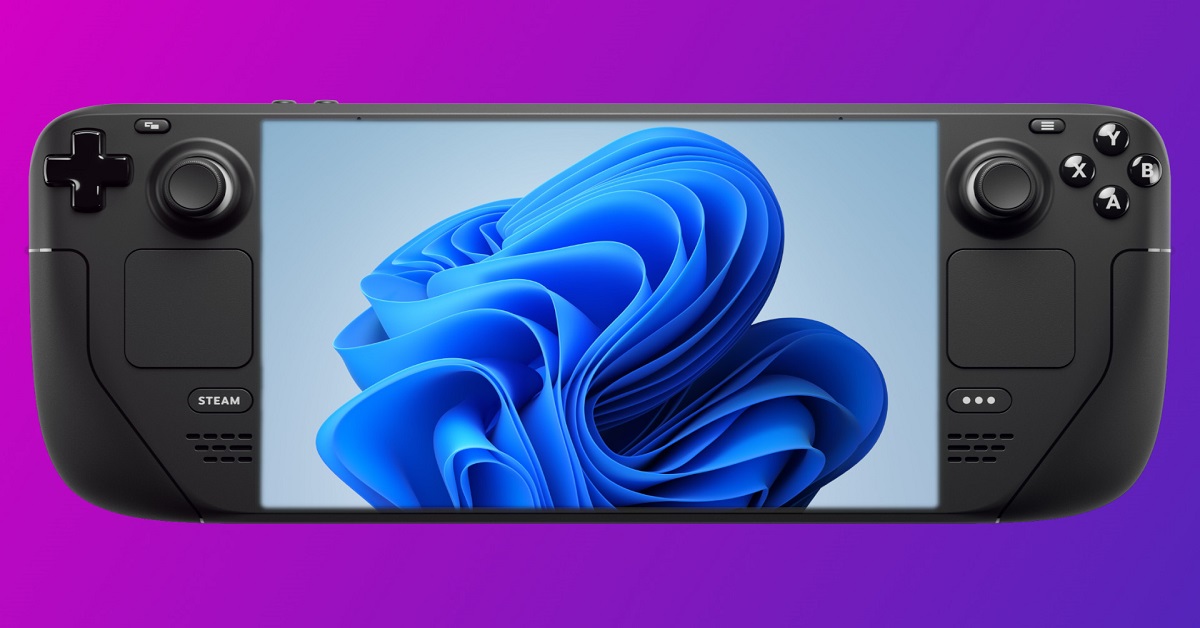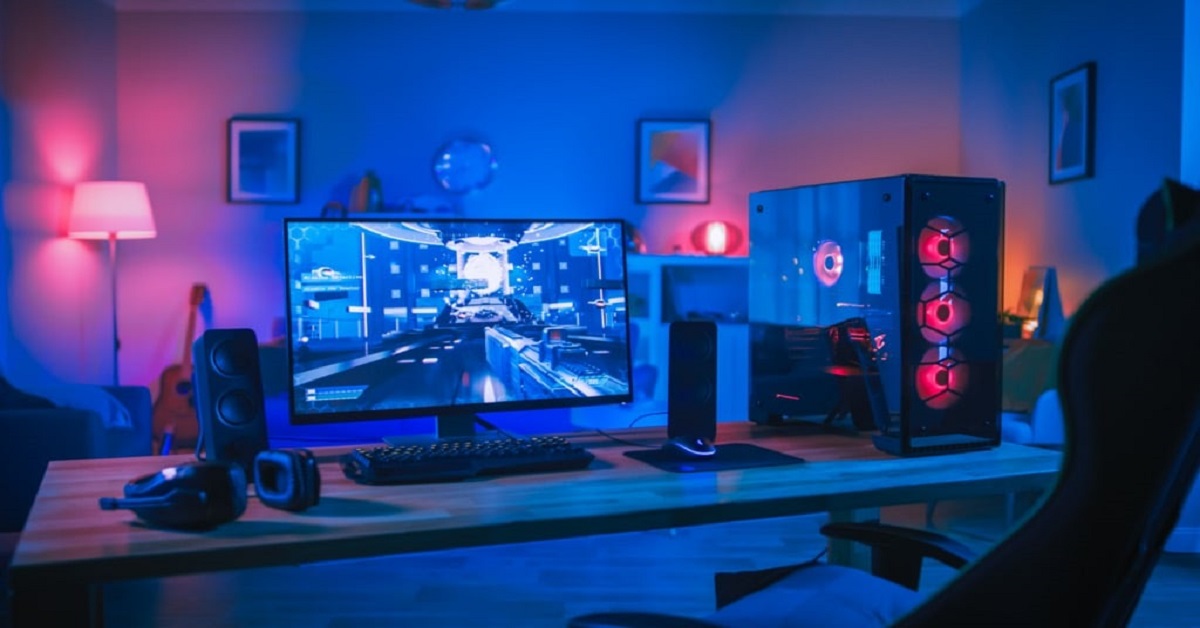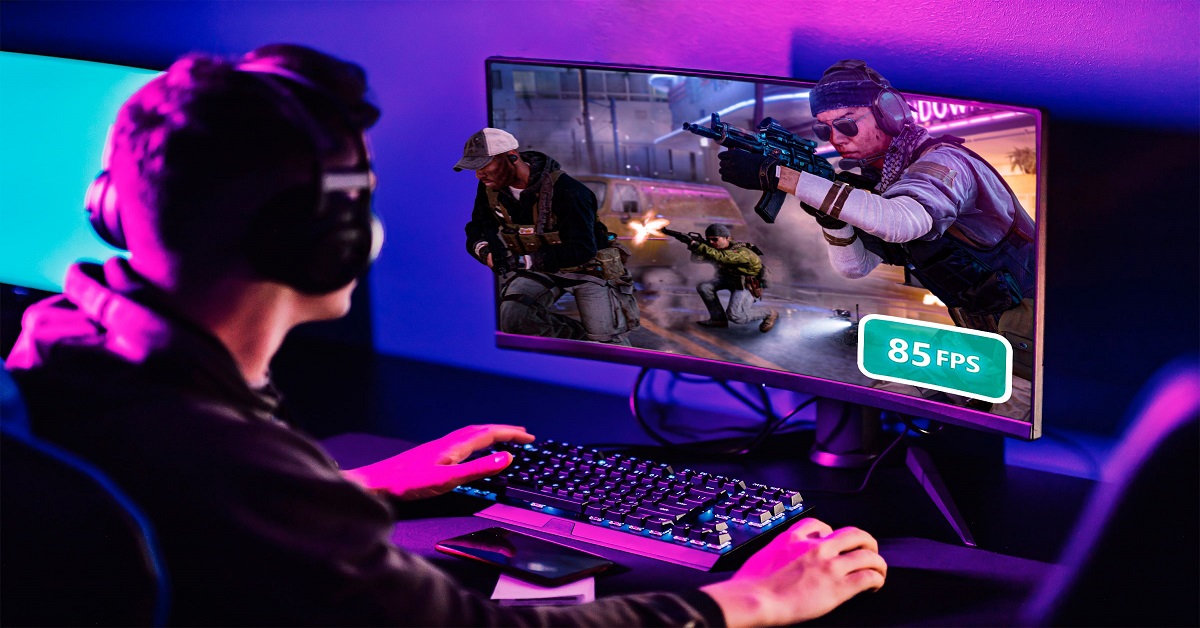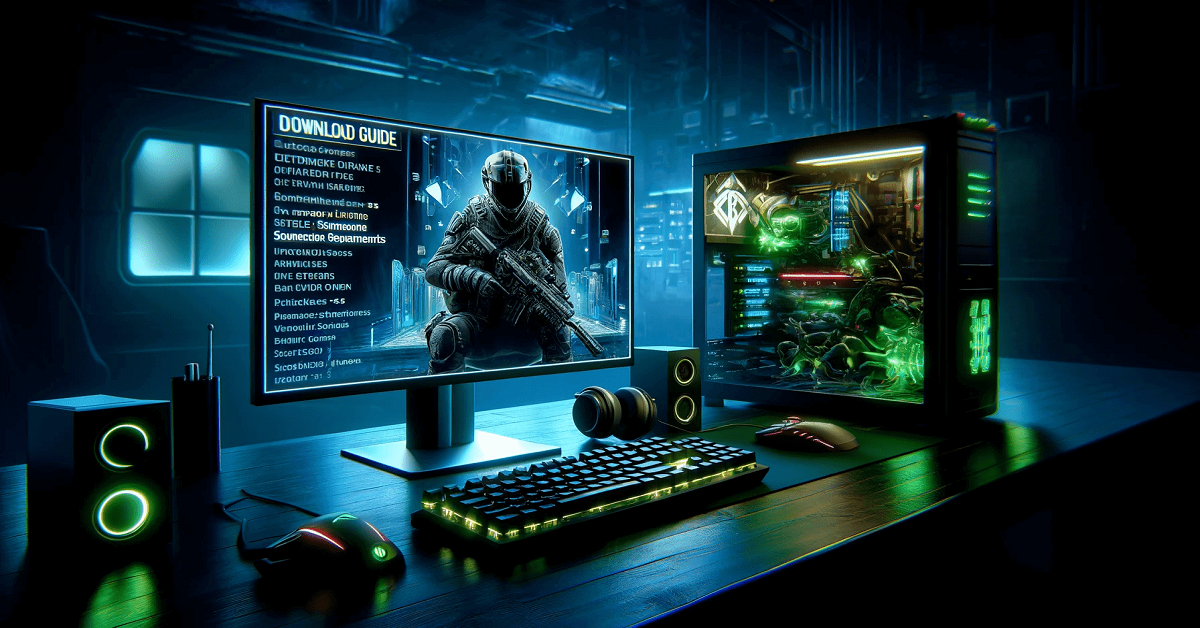Playing games on Windows 10 can be very smooth or fun, but to make sure that it is so, your system must be optimised properly. If they are running lag, stutter, or low frame problems, or specifically when it comes to lower range hardware, optimizing Windows 10 for gaming for performance is available to your disposal, which will enable you to get the best out of your system.
This guide is a list of the best steps to enhance Windows 10 gaming performance, regardless of whether you own a high-end rig or you’re trying to address the gaming issues in low-end PCs.
Why Optimize Windows 10 for Gaming?
Windows 10 is the most used OS for gamers. According to the Steam Hardware Survey (April 2025), more than half of the users are still running Windows 10. They claim that Windows 10 doesn’t suit for gaming out of the box. Background applications and useless effects, and services may also burn resources and ruin your gaming performance.
Indeed, the tests can show that playing with Windows settings can lead to a 20–35% increase in FPS in some titles.
1. Turn On Game Mode
Windows 10 also has out-of-the-box support for Game Mode, which is supposed to enhance Windows 10 gaming. It allocates the system resources to Games, minimising background activity as far as possible.
How to Enable:
- Please go to Settings>Gaming>Game Mode.
- Turn the toggle on.
Benchmark tests show that Game Mode can boost FPS by 5–10, on average, in CPU-bound games.
2. Disable Background Apps
Apps in the background are very memory and CPU-intensive on low-end devices.
Steps:
- Go to Settings – Privacy – Background Apps.
- Turn off apps that you do not use.
- By disabling background apps, one can give up 200–500MB of RAM and play lighter, smoother games.
3. Update Graphics Drivers
Your Windows 10 gaming performance can be ruined by outdated GPU drivers. NVIDIA, AMD, and Intel regularly update drivers for free, which increase frame rates and patch known bugs and new games.
For NVIDIA:
For auto updates, use GeForce Experience.
For AMD:
Use Adrenalin Software.
NVIDIA states that the new drivers can improve games’ FPS by 23% in titles with optimizations: Cyberpunk 2077 or The Witcher 3 (DLSS-supported).
4. High Performance should be chosen in the Set Power Plan.
Windows sets the power plan “balanced” by default, that method can reduce CPU and GPU speed to save energy.
How to Change:
- Click the open link Control Panel > Power Options.
- Pick High Performance or create “Ultimate Performance” plan (available only in Windows 10 Pro).
From the tests, we can see that such CPU happiest games as RTS games could get up to 15% enhanced performance with the High Performance plans (TechRadar, 2023).
5. Disable Visual Effects
The animations and transparency of Windows 10 are nice, but they consume a lot of the GPU and RAM. It is possible to improve gaming a lot in Windows 10 by disabling them.
Steps:
- Click Right-click This PC > Right-click on This PC >Properties >Advanced system settings.
- Under Performance, click Settings.
- Either use Adjust for best performance or turn off animations manually.
- Up to 5-10% of the GPU load can be released on integrated graphics systems by this change.
6. Turn off Xbox Game Bar and DVR.
Useful as Xbox Game Bar may be for screenshots and recording, it consumes PC resources and can even affect gaming on low-end PCs.
How to Disable:
- Settings, gaming, Xbox Game bar (click).
- Toggle it off.
- Yet another thing is to disable background recording from the Captures settings.
UL Benchmarks(2023) report that when DVRs are off, FPS performance might increase by 3-6% in games such as Fortnite and Apex Legends.
7. Clean Boot Your System
A clean boot makes sure that Windows runs off the least services and drivers enabling you to optimize your PC for games.
Steps:
- Open Windows and type in R, then msconfig.
- In Services, tick Hide all Microsoft services and click Disable all.
- Turn off unnecessary programs through the Startup tab.
- Cleaning up can decrease CPU usage by 10-15%, meaning that your games will run more smoothly.
8. Use an SSD for Faster Load Times
If your game is on a hard drive, you’re missing out. Solid-state drives (SSDs) dramatically reduce load times and can improve in-game asset streaming.
Speed Comparison:
| Drive Type | Load Time for GTA V | Boot Time |
| HDD | 1 min 45 sec | 40 sec |
| SATA SSD | 40 sec | 18 sec |
| NVMe SSD | 20 sec | 8 sec |
9. Enhance your Virtual Memory
If your system only has low RAM (4 — 8 gb), adding the virtual memory capability can help eliminate lag and crashes in heavy games.
How to Adjust:
- Go to System Properties –> Advanced –> Performance Settings.
- Under Virtual Memory, click Change.
- Set a custom size (Original size: 1.5×RAM, Maximum size: 3×RAM).
For 8GB RAM:
Initial = 12288 MB
Max = 24576 MB
This tweak is especially helpful in low-end PC gaming fixes when there is limited physical RAM.
10. Overclock (With Caution)
It is possible to get 10–30% enhancement of the CPU/GPU power by overclocking, but this work has to be approached wisely to avoid overheating or damage to the system.
- Use MSI Afterburner for overclocking of GPU.
- Monitor temps with HWMonitor.
Note: Overclock if you have enough cooling and if you know the consequences.
11. Use Game Booster Software
Utility programs, such as Razer Cortex or Wise Game Booster, will temporarily shut down useless services and give games more RAM.
- Benefits of Razer Cortex:
- Boosts RAM availability.
- Manages CPU usage.
- Auto-kills background processes.
12. Optimize In-Game Settings
- Game settings, even if you modify Windows, are the most important.
- For low-end PCs:
- Set the Resolution to 720p or lower.
- Set Turn Textures to Low or Medium.
- Disable Anti-Aliasing.
- Lower Shadows and Post-processing.
Deactivating settings, for only a 25 FPS game, can become an unbroken 40–60 FPS, making the game run steadier.
13. Keep Windows and DirectX Updated
Patches and performance improve with Windows updates. In particular, DirectX 12 is optimized for improved multi-core CPU management.
Settings > Update & Security > Check for updates.
Use dxdiag to be sure you’re running DirectX 12.
Many games nowadays (Such as Forza Horizon 5, Battlefield 2042) provide 15–20 % better scaling for DQDX 12 than SQDX 11.
Conclusion
Whether you drive a gaming beast or attempt to squeeze every last bit of performance out of a modest setup, you can still boost gaming on Windows 10 with the right tweaks. From turning on Game Mode to disabling unnecessary visual effects, every step helps enhance Windows 10 gaming performance. Even better, these tricks require no special hardware—making them perfect for anyone looking for a low-end PC gaming fix.. Therefore, if you want to get a budget PC gaming fix or simply need to prepare your PC for games, these tips will serve you with smoother gameplay, less lag, and better FPS.










